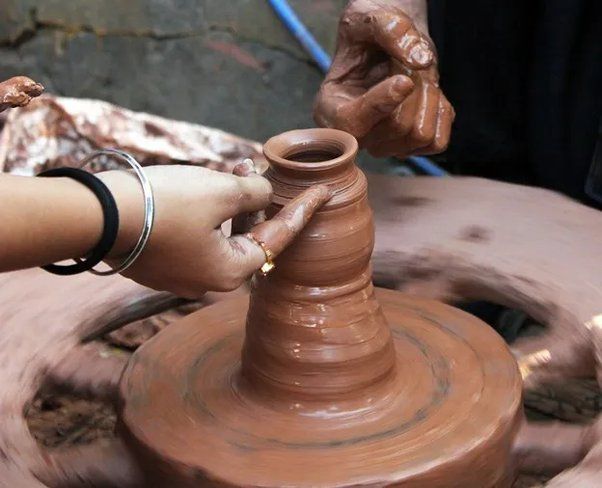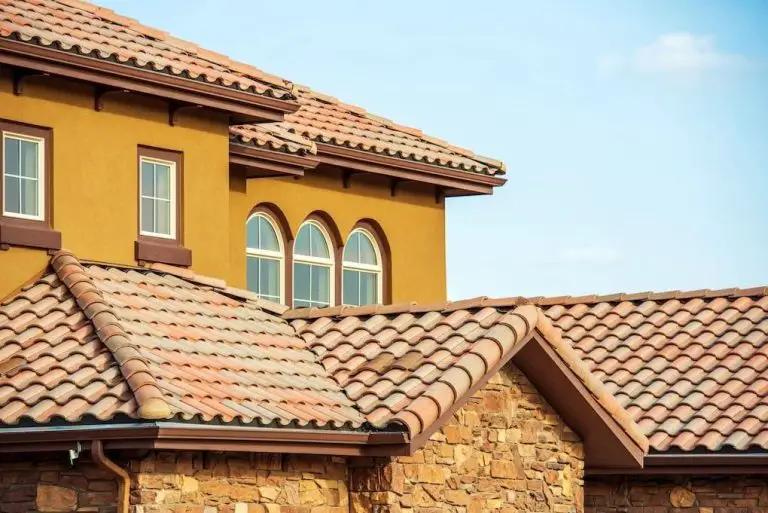How Do You Waterproof Polymer Clay?
Polymer clay is a versatile modeling and sculpting material composed of polymers, resins, fillers, and coloring pigments. It is lightweight, easy to work with, and can be shaped into detailed artwork, jewelry, decorative objects, and more. When cured in a conventional oven, polymer clay hardens into a durable plastic that retains fine detail.
However, like many plastic materials, polymer clay is porous and prone to absorbing liquids if left unprotected. Exposure to water can cause polymer clay to become sticky, misshapen, or cracked. Oils from skin contact may also stain the clay over time. Therefore, it is highly recommended to waterproof cured polymer clay pieces to preserve their beauty and integrity.
Applying a protective sealant creates a moisture barrier that prevents water absorption and damage. This allows polymer clay art to be used both indoors and outdoors safely. With proper sealing, the colors remain vibrant, the surface stays smooth, and the artwork can be enjoyed for many years.
Materials Needed
Polymer clay is the main material used for waterproofing. There are many brands to choose from like Sculpey, Fimo, Premo, etc. Get a few colors or varieties to experiment with.
You’ll also need a waterproof sealant or varnish. Options like Sculpey Glaze, Mod Podge, acrylic sealer, and polyurethane work well. Use a water-based, non-toxic variety.
Have a paint brush or sponge on hand to apply the sealant. Foam brushes and makeup sponges work great.
Prepare the Clay
Properly conditioning the polymer clay is one of the most important steps for achieving a durable, finished product. Polymer clay can be quite stiff and brittle when first opened. To make it smooth and pliable, it’s crucial to condition it thoroughly before sculpting your desired shapes.
The best way to condition polymer clay is by kneading it firmly with your hands, almost like you would knead bread dough. Work the clay until it becomes soft and malleable. This may take 5-10 minutes of continuous kneading and folding the clay over on itself. You may also use a dedicated clay roller or pasta machine to help soften and warm up the clay. Pass the clay several times through the thinnest setting, then gradually increase the thickness for an even consistency.
Once your polymer clay is properly conditioned, you can begin sculpting it into whatever shapes or figures you desire. Take your time to mold the clay gradually. Work slowly and patiently to create smooth curves and avoid air pockets. Add on pieces of clay and blend the seams together. Shape details using clay sculpting tools. Work the clay until you are fully satisfied with the finished sculpture before moving on to baking.
Bake the Clay
Once your polymer clay creation is shaped, it needs to be baked or cured to achieve its full strength and durability. Follow the manufacturer’s instructions for baking. Polymer clay typically needs to be baked for 15-30 minutes at 275°F (135°C).
Heat is what enables the polymers to crosslink and set. Ensure the clay is baked at the proper temperature and for the full recommended time. Underbaking can result in clay that is tacky, soft, or prone to cracking and breaking. Overbaking may cause discoloration or burning.
Bake polymer clay in a dedicated oven or toaster oven, not your kitchen oven. The fumes released when baking polymer clay can linger and contaminate food. Bake items on a baking sheet lined with foil or parchment paper.
Allow the polymer clay to cool fully after baking before handling. Cooling should take at least 30 minutes. Attempting to handle hot polymer clay could damage the piece.
Clean the Surface
Properly cleaning the surface of the polymer clay before sealing is an essential step. This ensures the sealant will adhere correctly for maximum waterproofing.
First, wipe away any dust or debris with a soft, dry cloth. Be gentle to avoid scratching or damaging the clay. Check crevices and intricate areas carefully for any lingering particles.
Next, if there are any visibly rough or uneven areas, use a fine grit sandpaper to gently smooth them out. Work in small circular motions. Be careful not to sand away too much clay. The goal is just to ensure the surface is uniform for the sealant application.
Apply Sealant
Once the clay has completely cooled after baking, it’s time to apply a sealant. There are a few good options for polymer clay sealants:
- Water-based polyurethane
- Epoxy resin
- Varnish
Of these, water-based polyurethane is usually the best choice for polymer clay. It dries quickly, is easy to apply, and provides a nice smooth finish. Make sure to use a water-based version, not oil-based, since oil-based polyurethane can interact poorly with the clay.
Use a soft brush or sponge to apply a thin layer of the sealant. 2-3 thin coats is ideal, allowing each coat to fully dry in between applications. This prevents dripping or pooling. Work in a well-ventilated area and carefully follow the manufacturer’s instructions.
Applying a sealant is highly recommended to protect the clay from moisture, dirt, oils from skin contact, and other elements. It helps preserve the finish and durability of your creation.
Allow Drying Time
It is critical to allow each coat of sealant to dry completely before adding another coat. The drying time will depend on the specific product used, but most water-based sealants require 1-2 hours of drying time per coat.
Applying a second coat before the first has fully cured can cause the layers to re-emulsify, ruining the protective barrier you are trying to build up. Be patient and allow the full drying time listed on the product label.
Test if the surface is dry before adding more sealant by gently touching it with your fingertip. If it still feels tacky, allow more drying time. When the surface is fully dry to the touch, it is ready for another coat.
Some tips for ensuring each coat dries properly:
- Work in a warm, dry area with good ventilation.
- Allow the coated clay to dry flat so the sealant does not drip or pool.
- Gently blow on the surface with a hair dryer on a low setting to speed drying, if desired.
- Allow even more drying time if the sealant is applied thickly.
With a little patience, you will end up with a nicely cured, protective finish on your polymer clay artwork.
Optional Decorative Finish
For an extra pop of color and shine, a decorative finish can be applied after sealing the polymer clay. Some options include:
- Glaze – A glaze comes in various finishes like gloss, satin, or matte. Brush it evenly over the top of the sealed polymer clay and let dry as directed.
- Glitter – For a shimmering effect, coat the surface with a layer of glitter glue or clear adhesive and sprinkle glitter over the top. Tap off excess.
- Acrylic paint – Thinned acrylic paint can be lightly brushed or sponged over the surface for a wash of color.
Make sure any final decorative layers are fully cured before handling the polymer clay piece. Follow the manufacturer’s instructions for dry/cure times.
Curing and Care
Allow at least 1-2 weeks for polymer clay pieces to fully cure and harden before use. During this curing period, the clay undergoes a chemical process that strengthens and hardens it. Rushing to use an uncured piece may result in fingerprints, dents, cracks or other damage.
Fully cured polymer clay is durable but still requires gentle care. Avoid soaking in water, as polymer clay is porous and can absorb liquid. Instead, hand wash carefully with mild soap and water. Gently scrub with a soft cloth or brush to remove dirt or stains. Avoid harsh chemicals or abrasive cleaners that could scratch the surface.
With proper curing time and gentle cleaning methods, polymer clay artworks and jewelry can last for many years when cared for correctly.
Conclusion
In summary, waterproofing polymer clay involves preparing the clay, baking it, cleaning the surface, applying a sealant, allowing drying time, and optionally adding a decorative finish. The process is relatively straightforward, only requiring a few inexpensive supplies like polymer clay, an oven, water, sealant, and brushes or sponges.
The benefits of waterproofing baked polymer clay pieces are numerous. A protective sealant makes the clay impervious to moisture, preventing damage from exposure to water or humidity. This allows polymer clay art to be used outdoors or in bathrooms. Sealant also enhances the look of polymer clay by providing a uniform surface shine. It prevents dust buildup, fingerprints, and other marks on the clay as well. Properly sealing polymer clay makes it more durable and extends its lifetime significantly. Overall, taking the time to waterproof polymer clay is well worth the effort for crafters who want their creations to last for years to come.


